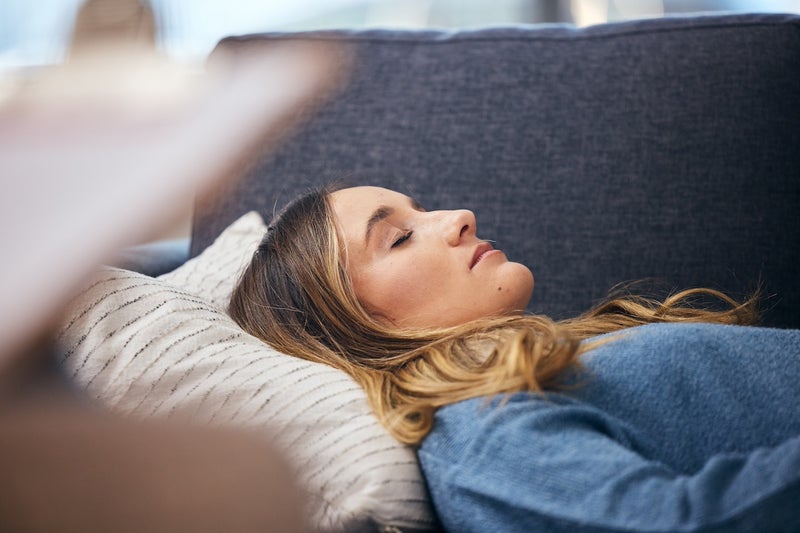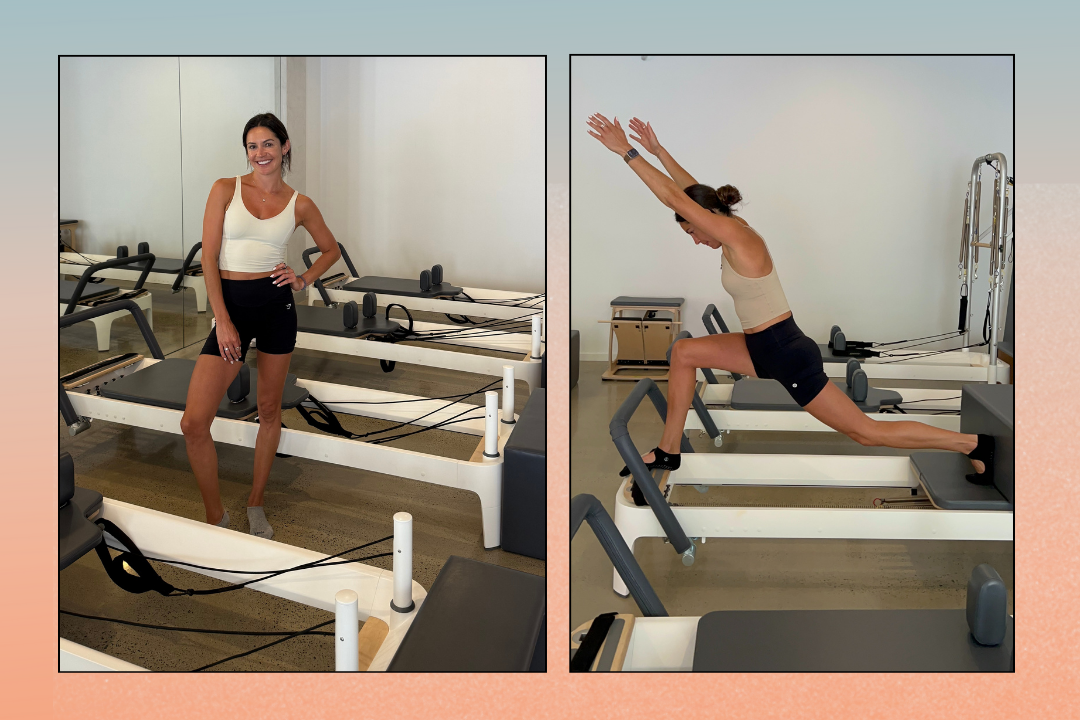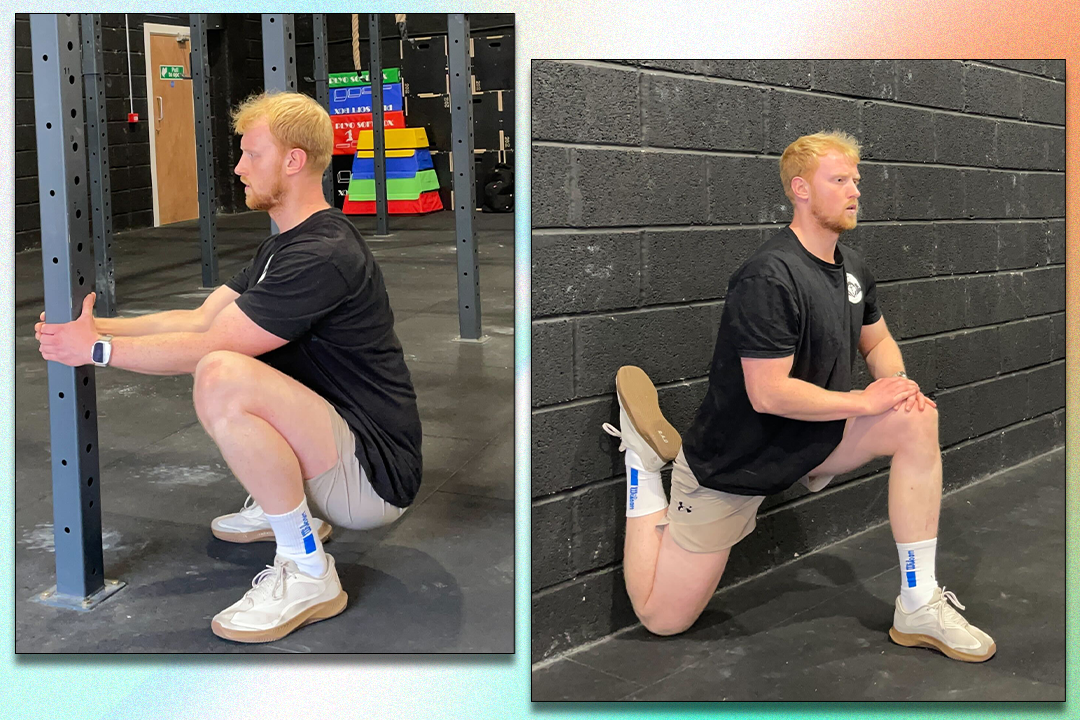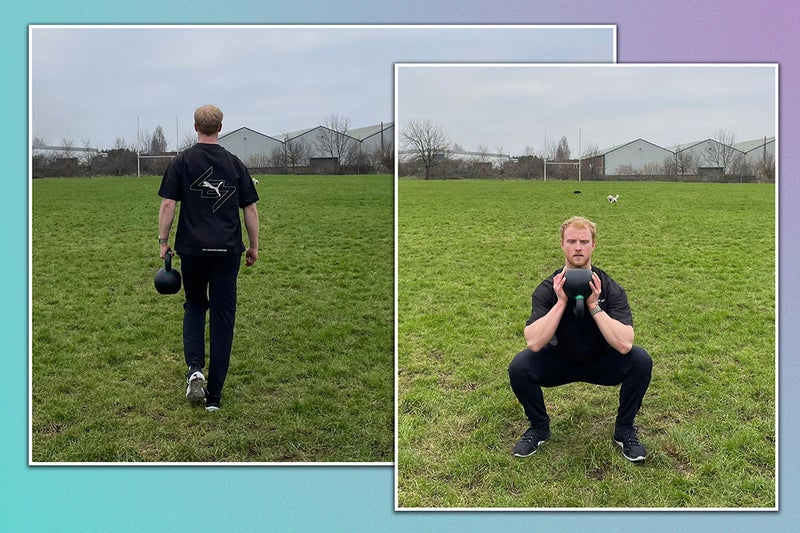I tried hypnotherapy to cure my anxiety and noticed results after just one session
I tried hypnotherapy to cure my anxiety and noticed results after just one session
Share:
Could a combination of hypnosis and talking therapy help with anxious thoughts?. “Hypnotherapy is a brilliant tool for managing anxiety.” Kim Palmer, Founder of Clementine told me. “It works by helping people shift unhelpful thought patterns, calm their nervous system, and ultimately make their stress response a choice. Unlike a lot of traditional talk therapy, it works directly with the subconscious – the place where so many anxious habits and patterns are stored.”.
Before taking the plunge myself, I spoke with people who had tried the practice and had first-hand experience. Arun Shergill, a 26-year-old from Milton Keynes, received hypnotherapy from a psychologist, after being referred by his psychiatrist. His sessions, which he had regularly for 11 months, involved him sitting in a chair, while the psychologist helped him to relax into a trance-like state. The psychologist would then verbally take him on a journey, offering different decision points, such as walking down a road and trying to take the known or unknown path. This allowed his unconscious self to make the decisions.
“I always thought I was self-aware, but I’d bottled things up for so long. It made me open my eyes,” Arun says. After this treatment, as well as taking fluoxetine, Arun got his first job in an office, boosting his career. “I’ve had bad patches, but I feel like I’m doing better than ever before. I feel like I’m doing quite well now,” he says. After hearing about other people’s positive experiences, I decided to bite the bullet and try hypnotherapy for myself.
The Clementine app matched me with Birgitta Ronn, an integrative counsellor and clinical hypnotherapist. Before we met in person, we had a phone consultation to talk about what I was hoping to get from the experience, the issues I wanted to focus on, and what to expect from the session. I told her about my issues with anxiety and how they’ve manifested in my relationships, as well as my daily life. As it was only the first session, Birgitta suggested that we should focus on building coping mechanisms for some of my more anxious tendencies, rather than trying to explore them deeper – although going deeper can also be a helpful option for some people.
In the lead-up to the session, I’m not really sure what to expect; my main understanding of hypnotherapy comes from that one scene in Donnie Darko, but I suspect that may not be an entirely accurate representation of what goes on during hypnotherapy. “You will be fully awake, alert and in control. Don’t expect to feel hypnotised. Do expect to feel relaxed and open to work with your emotional material,” Basharan tells me, so I try to adjust my expectations before my appointment.
I arrive at Birgitta’s practice a week later; it’s a room located in an unassuming residential building in south London. I’m greeted by a small cosy space filled with candles, fairy lights, and furniture covered with plush rugs and pillows. The room smells faintly of incense and reminds me of the kind of wellness spaces you sometimes find in the back of esoteric shops, except Birgitta’s qualifications are framed on the walls for all to see.
We begin with 30 minutes of talking, where she digs a little deeper into the causes of my anxiety, asking me questions about my childhood and upbringing, my self-image and my relationships. She also explains a little more about what will happen next, and once we both feel comfortable, she invites me to lie down on the treatment bed and get cosy under the blankets, if I want to – I do. What follows is a 60-minute deep, guided meditation in which Birgitta leads me deeper into my subconscious by asking me to imagine myself walking down wide stairs, and into a comfortable and warm place where I can no longer feel the weight of my body.
Birgitta then begins speaking directly to my subconscious, encouraging me to think about how I can reframe some of my anxieties. Towards the end of the session, she asks me to imagine a version of myself who embodies everything I’d like to be; more confident in social situations and more resilient to unexpected events. Finally, Birgitta asks me to imagine myself stepping into this more confident, less anxious version of myself and allowing myself to acknowledge what that might feel like.
Read more: 14 best mindfulness apps to help you keep calm during a crisis. When I speak with Charlie Meyer, an illustrator from Suffolk, she tells me about a similar experience. She decided to try hypnotherapy at the suggestion of a colleague. Though Charlie was in therapy at the time, she was struggling with a particularly difficult time in her life and was caught up in a stressful legal situation. She started having panic attacks and experiencing acute anxiety. “I was struggling to eat and sleep and getting a constant feeling of panic,” she says.
“The first half of the session was talking about and identifying the issues, but also focused on positives; what I was doing to cope, how I was still going! The second half was the ‘trance’ work. I lay on a bed and she spoke. I had all the stresses popping into my head and felt annoyed that I couldn’t keep them out, But after about 15 minutes I drifted into a sleep state. I could hear the words but my mind was dreamy,” says Charlie.






















